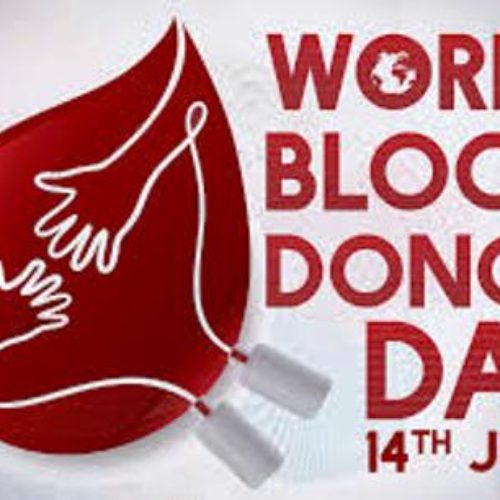Physical inactivity and diabetes
Worldwide, people are less physically active: in the WHO European Region, one third of adults and two thirds of adolescents are insufficiently active. In consequence, physical inactivity has become a leading risk factor for ill health. 1 million deaths and 8.3 million disability-adjusted life years lost per year in the Region are attributable to physical inactivity.
As physical activity decreases, non-communicable diseases (NCDs) are increasing. Diabetes is one of four major NCDs and, with cardiovascular disease, cancer and respiratory diseases, diabetes accounts for most of the disease burden and premature mortality in the European Region. Diabetes is diagnosed in 60 million people in the Region, and it is estimated that 50% of cases of diabetes have not yet been diagnosed. The prevalence is increasing all over the world, and WHO projects that diabetes will be the 7th leading cause of death by 2030.
Risk factors for diabetes
Risk factors for diabetes include overweight or obesity, an unhealthy diet and physical inactivity, which account for about 80% of the increase in prevalence of diabetes. These risk factors can be modified. Physical inactivity alone is estimated to cause 7% of the burden of type 2 diabetes in the European Region, and overweight and obesity account for an estimated 65–80% of new cases of diabetes.
Children need at least one hour of moderate-to-vigorous physical activity every day. However, today, only 34% of European adolescents aged 13-15 years are active enough to meet the current guidelines. Generally, physical activity declines significantly among young people aged 11-15, and this trend is particularly strong among young girls.
The predominant causes of physical inactivity are environmental and systemic. It is becoming more difficult to maintain sufficient levels of physical activity, as people’s daily work and living environments are increasingly sedentary. Furthermore, there are important inequalities in levels of physical activity: poorer people tend to have less free time and limited access to leisure facilities or live in environments that do not support physical activity. Minority ethnic groups and people with disabilities engage in less physical activity and are also harder to reach for promoting physical activity.
Changing face of type 2 diabetes
Type 2 diabetes was until recently seen as a disease of middle-aged and elderly people, but it is now increasingly seen in adolescence and childhood. Up to 27% of 13-year-olds and 33% of 11-year-olds in Europe are overweight or obese. Childhood obesity is strongly associated with an increased risk of NCDs, including type 2 diabetes, and people who are overweight in childhood are likely to be so as adults as well. Childhood overweight and obesity are therefore key factors in the increased prevalence of type 2 diabetes.
About author
You might also like
Nigeria yet to meet up to 10% of blood need, says Haematologist on World Blood donor Day
Transfusion service to convert commercial blood donors to voluntary Lagos requires 260,000 units annually A Consultant Haematologist at the Federal Ministry of Health, Dr Uche Nwokwu says Nigeria is yet
DECVOMS trains journalist on Family Planning
From research, statistics have proven that a woman’s lifetime risk of dying from pregnancy or childbearing-related in Nigeria is one in three women. Under five mortality rate, that is probability
UBTH flags off subsidized “specialized surgeries” programme
Registers 115 patients Beneficiaries to enjoy 50% subsidy The University of Benin Teaching Hospital flagged off its “Subsidized Specialized Surgeries”, on Tuesday February 14, as part of activities marking its







0 Comments
No Comments Yet!
You can be first to comment this post!